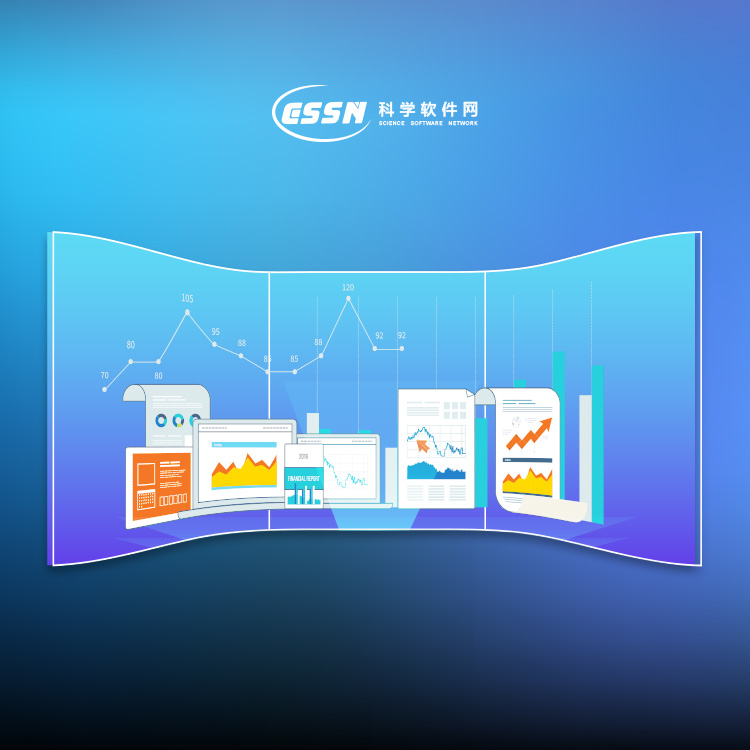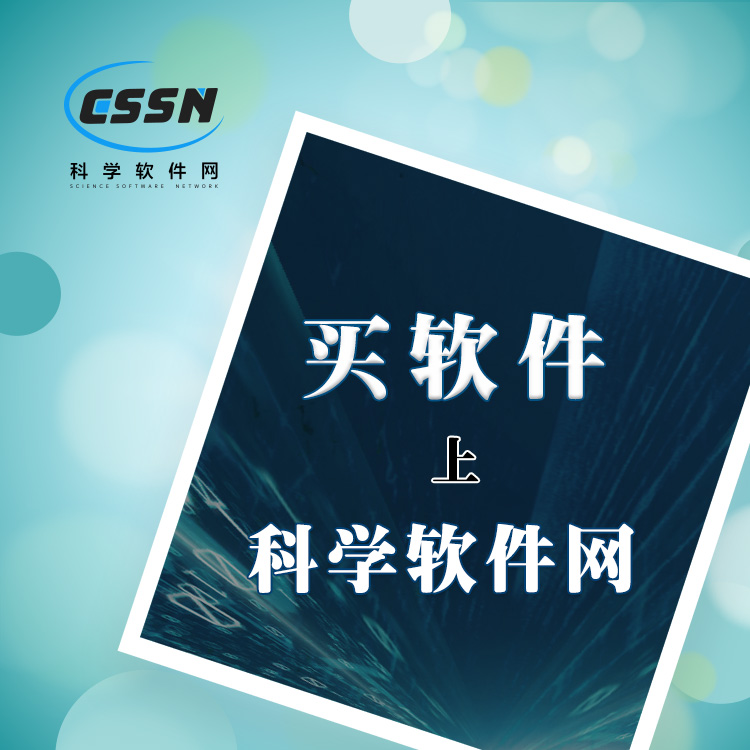使用期限租赁版
许可形式单机版
原产地美国
介质下载
适用平台Windows
科学软件网提供软件和培训服务已有19年,拥有丰富的经验,提供软件产品上千款,涵盖领域包括经管,仿真,地球地理,生物化学,工程科学,排版及网络管理等。同时还有的服务,现场培训+课程,以及本地化服务。
The menu items "Edit/Set point group" allow a specified point group to be easily applied to the molecule, if its geometry is satisfactorily close to the required symmetry.

Chemcraft对于ADF用户
Chemcraft读取ADF输出文件、ASCII TAPE21文件和ASCII TAPE41文件。目前,ADF输出文件的可视化不如GAMESS或Gaussian文件的可视化那样全面:提供了能量的提取、偶较矩的可视化和一些原子性质,但没有分子轨道可视化等。
与其他格式一起工作
除了Gamess-US, Gaussian 和ADF文件,Chemcraft可以读取NWChem、Jaguar、Oraca、Dalton、GAMESE-UK、Turbomole、MMOPRO和QChem输出文件、HyperChem文件、MSI或PDB格式的文件(这些格式未被全面支持)和MolDraw and Priroda程序格式、NBO格式(.31-.40文件)、Molden文件、MFJ、SDF和Tinker、Crystal文件、VASP和Shellx文件、晶体学CIF文件和简单的文本文件与原子的Cartesian坐标。Chemcraft提供了一个通过剪贴板导入/导出文本格式的原子坐标的接口,这有助于使用任何类型的计算数据。将原子坐标导出到剪贴板中对于快速创建输入文件也是有用的。Chemcraft包含一个分数坐标转换的功能,用于晶体学测量和Cartesian,反之亦然,用于单数(a,b,c等)。
构建分子
Chencraft支持一组用于构造分子结构的工具,这些工具可用于准备计算或其他目的的初始猜测:
从标准分子片段(自由基等)中构建分子,提供了通过自定义剪贴板来补充该片段集并通过剪贴板复制/粘贴单个片段的可能性;
修改分子中的任何几何参数(距离、角度、二面角)。该修饰可以伴随着一个原子、两个原子或选定的原子群的位移;
用鼠标在分子图像上拖曳原子或碎片或旋转碎片的可能性(图5);
应用任意几何参数的迭代算法(图6);
一种易于使用的实用程序,用于将点群应用于分子(图8)。
当“拖动”原子或执行其他结构修改时,任何几何参数都可以控制在图像上(见图5)。Chemcraft的界面允许人们轻松地改变任何原子的类型或插入/移除一个键。Chemcraft提供了快速获取Z矩阵的实用工具。Z矩阵是通过点击分子中的原子并一些附加信息来建立的(图7)。在使用这个工具之前,首先应该在Cartesian坐标中获得分子的结构。所有用于构建分子的上述工具都可用于此目的。
在使用该实用程序之前,应该选择几个原子以大程度地彼此靠近(图9这些原子标记为白色)。除了这个特性,Chemcraft还可以计算两个分子之间的均方根差值。

The main capabilities of the program include:
- Rendering 3-dimensional pictures of molecules by atomic coordinates with the possibility to examine or modify any geometrical parameter in the molecule (distance, angle);
- Visualization of Gamess, Gaussian, NWChem, ADF, Molpro, Dalton, Jaguar, Orca, QChem output files: representation of individual geometries from files (optimized structure, geometry at each optimization step, etc.), animation of vibrational modes, graphical representation of gradient (forces on nuclei), visualization of molecular orbitals in form of isosurfaces or colored planes, visualization of vibrational or electronic (e.g., TDDFT) spectra, possibility to show SCF convergence graphs, and some other features;
- Different tools for constructing molecules and modifying molecular geometry: using standard molecular fragments, "dragging" atoms or fragments in the molecule's image, utility for setting a symmetry point group, and other possibilities;
- Producing publication-ready images of molecules in customizable display modes, containing required designations (labels, lines, etc.);
- Some additional utilities for preparing input files: construction of Z-matrices, automatic generation of input files with non-standard basis sets, converting MOs read from an output file into the format of input file.

The menu "Display" allows one to choose the graphical scheme, in which the molecule is rendered. Each scheme is defined by a set of parameters, such as sizes and colors of individual atoms and bonds, parameters of lighting, etc. The "Display/Customize" menu item allows the parameters in current schemes to be altered
科学软件网不仅提供软件产品,更有多项附加服务免费提供,让您售后**!
http://turntech8843.b2b168.com








